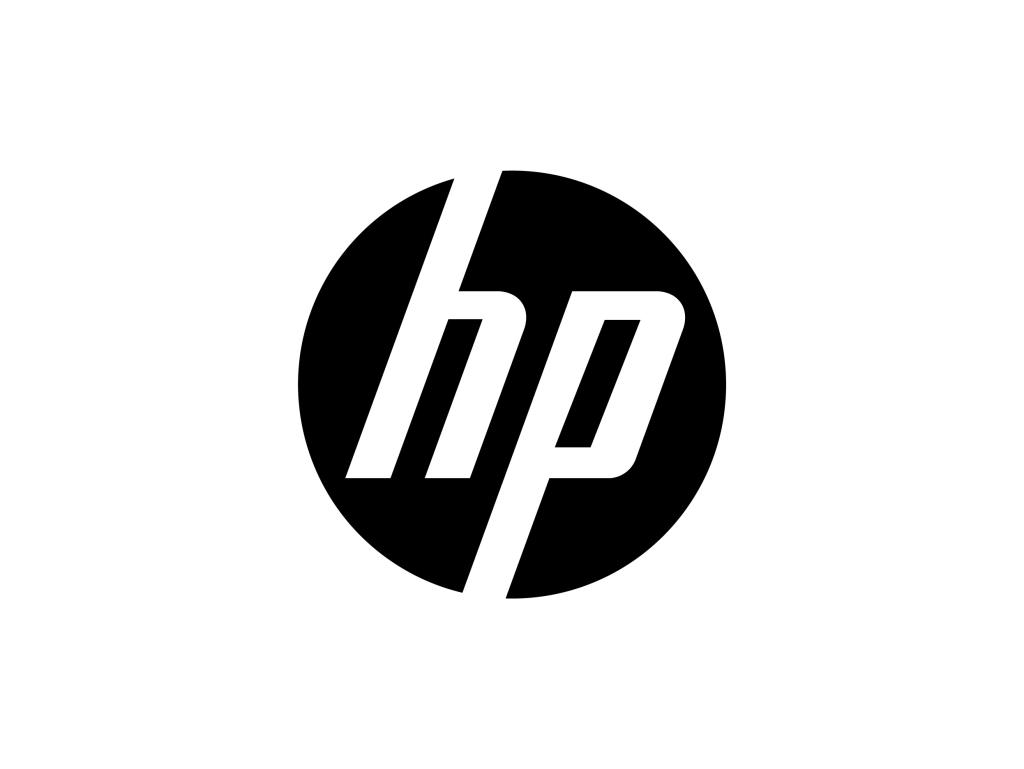
Being able to work from our own living rooms has been the greatest revolution to work in decades.
It’s offered us plenty of freedom to design workspaces that best suit our needs, in turn reducing our carbon footprint by wiping out unnecessary travel. However, this could mean our personal energy bills are starting to creep up.
If you’ve been keen on an office makeover and want to make your work-from-home office a little more eco-friendly, here are some changes you can make.
Exploit that natural light
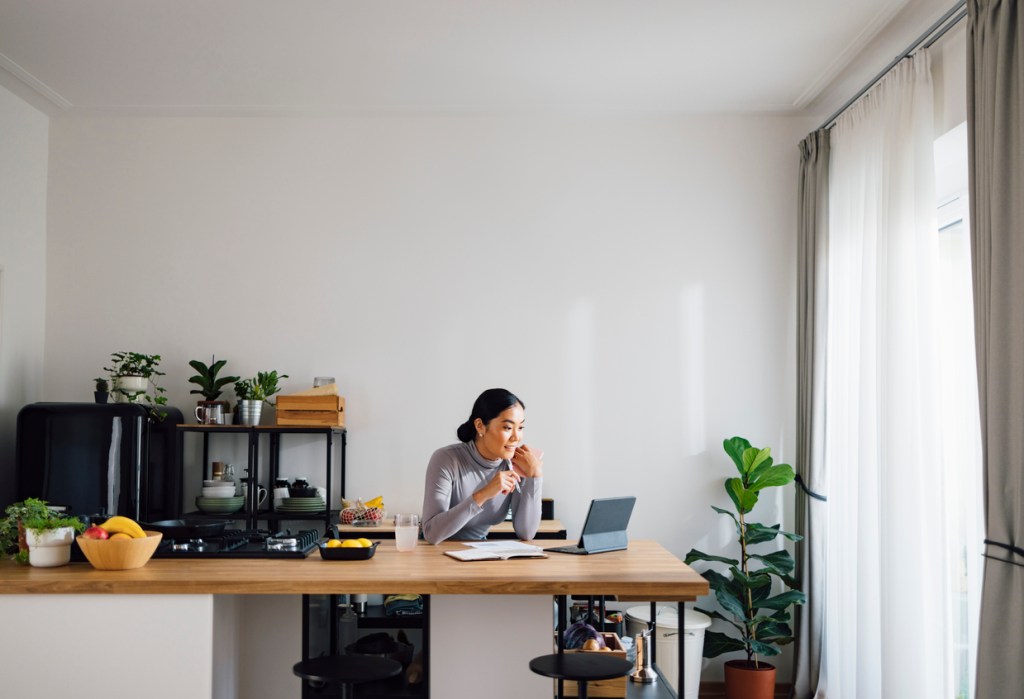
We all know about the crappy fluorescent lighting in our regular offices that are capable of inducing the worst stress headache imaginable.
The benefits of natural lighting are immense. From reduced eye strain, fewer headaches and better sleep, setting your office up in a space where you can get plenty of natural light will pay off substantially.
If your desk can’t be set up in a space with great natural light, there are plenty of affordable and great eco-friendly LED light sources that can help reduce your eye strain.
Invest in green tech printing
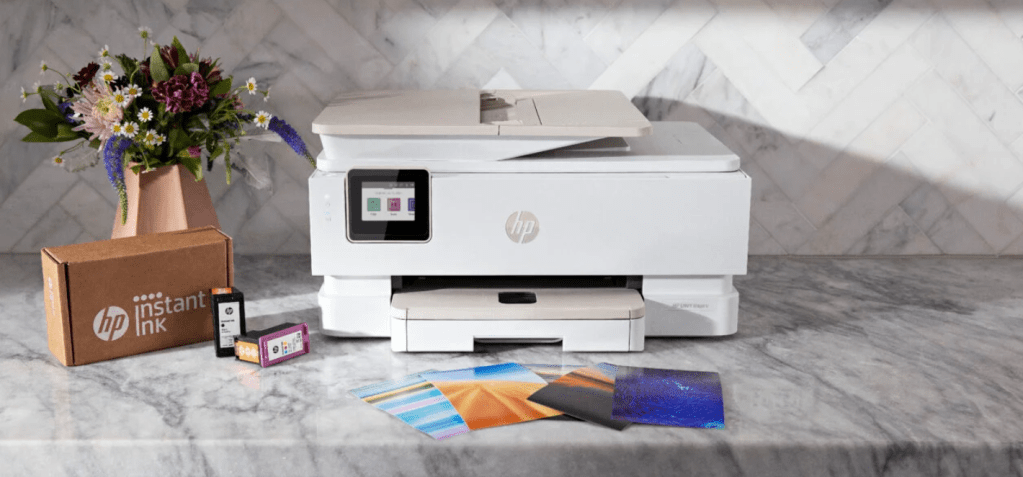
Something all houses and workstations will inevitably need is a printer, a device usually not so great for the environment.
HP, however, has been investing in greener technology, allowing for more eco-friendly printing.
Through its Forest First Printing commitment, HP has partnered with WWF to conserve nearly one million acres of forests globally.
The partnership wants to address the impacts on forests from the total amount of paper used in HP printers, including impacts from non-HP brand paper.
As part of this, WWF and HP will be working together to save, protect, and restore more than 21,500 hectares across the forests of eastern Australia, including koala habitat. This is part of WWF’s bold plan to Regenerate Australia by rehabilitating and restoring wildlife and habitats and building resilience against climate disasters.
HP is also focusing on greener printing with recyclable printing cartridges, aiming to reduce the environmental impact printing can cause through deforestation and environmental waste.
If you’d like to read more about the initiative, click here.
Add some plants
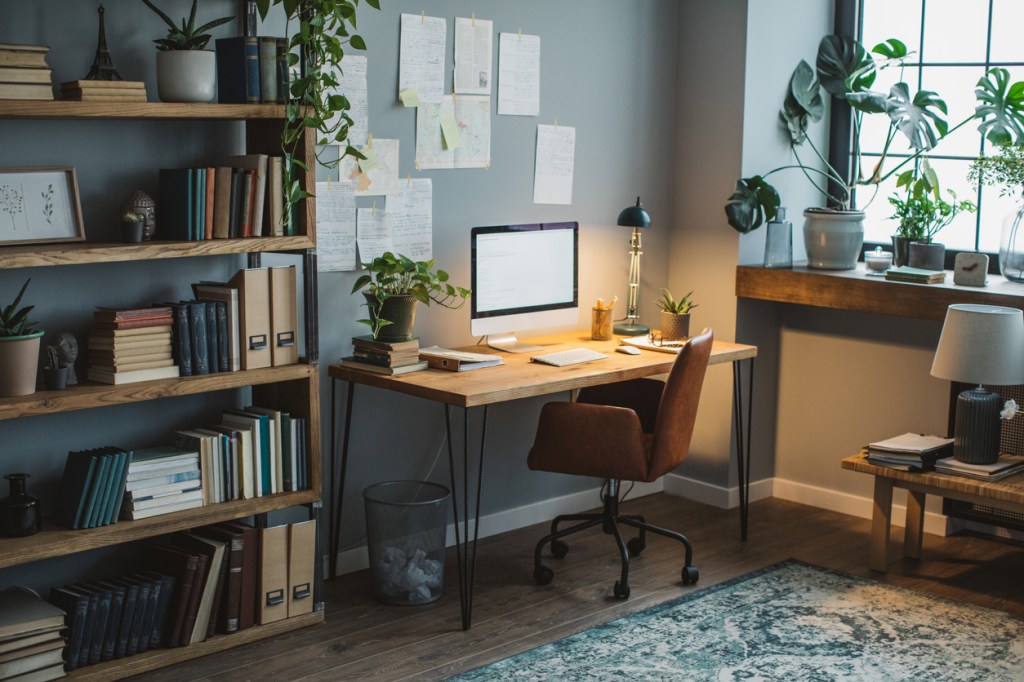
We’ve all seen those dystopian offices filled with large white empty spaces in the name of “clean minimalism”. While decluttering can do wonders for stress and keep you efficient at work, it can also lead to a very lifeless and cold office.
Adding some plants around your workspace can do wonders for not only adding some much-needed colour to the space but also by improving the air quality of the room.
Be energy-efficient
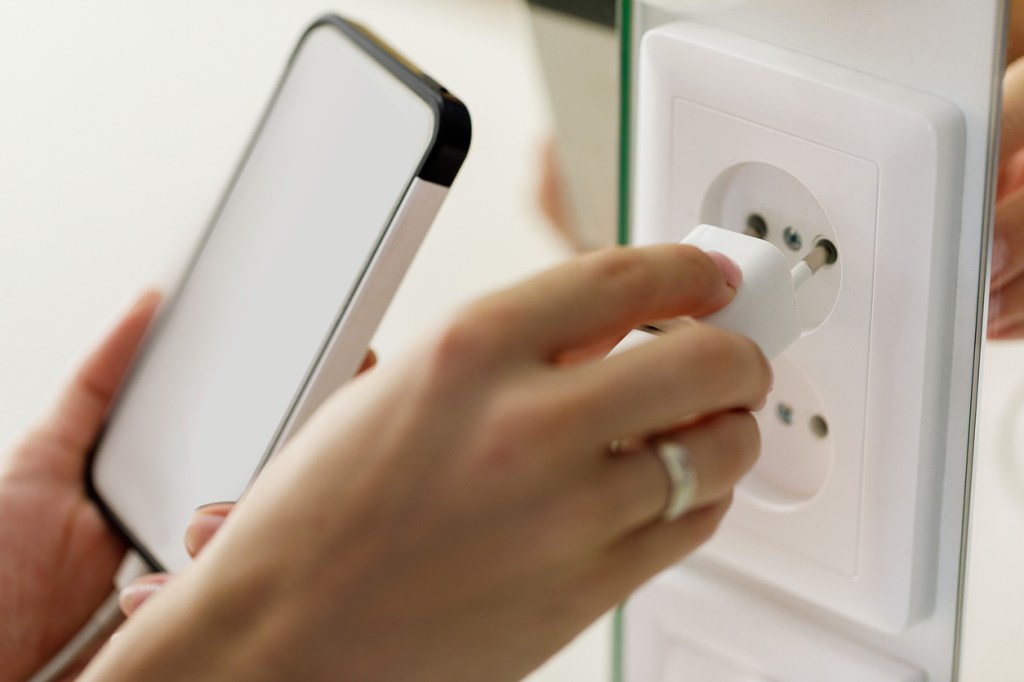
When working at home, it’s easy to get a bit lazy when it comes to being energy efficient.
Plenty of home offices will most like have a “vampire” sucking extra energy in your home, contributing to a larger carbon footprint and more expensive bills.
Things like desk chargers for your mobile phone, televisions, printers or even your thermostat can contribute to sapping away extra energy.
Using smart plugs for your appliances can help you control that passive energy use. Smart plugs are fantastic pieces of tech, as you can sync them up with an app on your phone, letting switch your appliances off if you don’t wanna reach behind your TV unit every night.
Consider incorporating recyclable materials in your work

If you’re an artist working from home, using recyclable materials can not only be great for the environment but also be a cost-effective move.
These can be small things like using recycled paint for artwork or even an office makeover to more creative solutions like making your own paper at home with leftover materials.

Leave a Reply
You must be logged in to post a comment.